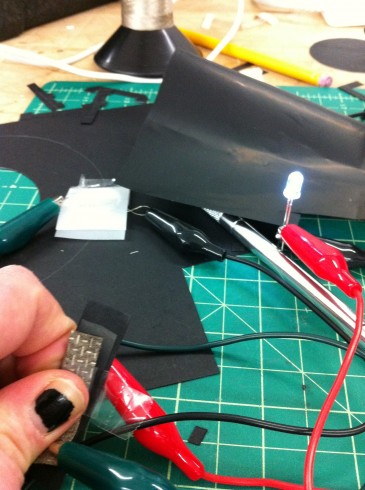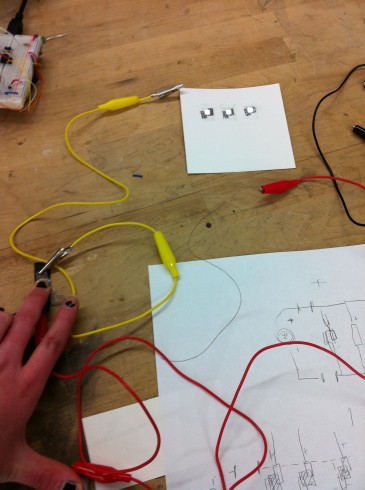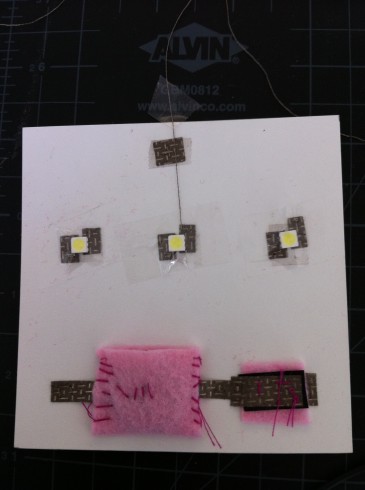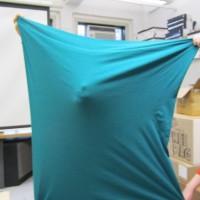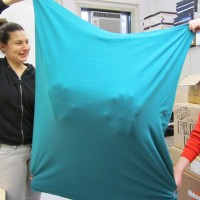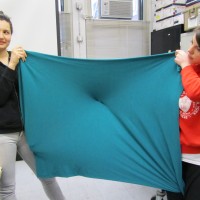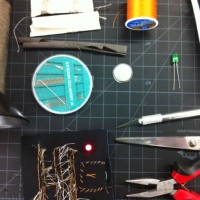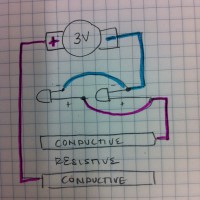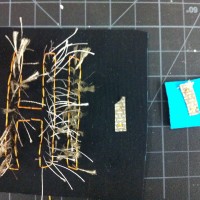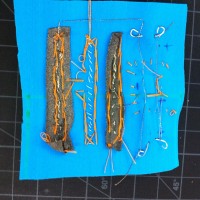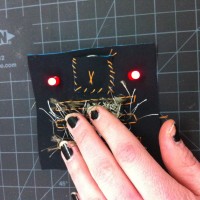Push Me, Pull Me: Soft Circuits Final Project Concept
Concept
For our final project in Soft Circuits, Kate Watkins and I will create a large scale interactive, fabric-based soft circuit. One of the key motivations for us in deciding on this project was challenging pre- and mis-conceptions of soft circuits, especially in terms of their possible functioning and durability.
Feedback and New Questions
We got some fantastic feedback and new focus after our first class presentation. The main questions and themes that arose were:
-
What are the assumptions we are dealing with? What does it mean to be durable? What are the terms and concepts we need to examine and define for ourselves? Moving forward, one idea mentioned is to associate each panel with a different assumption, which will allow users to push and pull it, discovering all the potential in between.
-
How can you exploit the cracks, literally and metaphorically – i.e. how can we use what we know doesn’t work to stretch the boundaries of possible interaction. For example, silk screened paint on fabric is not the most durable way to create a circuit because it will crack when overused, but this could be used as a switch: when the cracks come back together, they will still complete the circuit.
-
What types of materials will we use? And more importantly, how will they be executed within the structure? Will the materials be integrated or attached; i.e. will there be a panel of velostat that acts as the main material or will there piece pieces of it sewn onto a larger piece of spandex (or any other material). I think the former could be much more interesting for experimentation, but also much more expensive. TBD.
-
How will we get people to interact with our project? What are the interactions we want to see happen? Or at least how will we constrain the type of interaction to create a meaningful interaction for our audience? Cecilia rightly reminded us of how easy it is to assume people will telepathically connect with the concept and engage in the associated action (which is never the case). In doing so, she also insinuated the trap of a one off interaction, which is so easy to fall into and a terrible mire, or for loop better yet, to climb out of.
Next Steps
Moving forward, here are the requirements for our second round of prototypes next week:
-
Define interactions and interaction with materials
-
List of materials
-
Articulate how materials will integrated or attached
Documentation
Our presentation is living here at the moment.
Stroke Sensor
- Materials
- Circuit diagram
- Battery Pack
- Back of the circuit
- Stroke off
- Stroke on!
How it works:
This stroke sensor uses conductive and resistive thread to complete the circuit and light up the LEDs (“threaded” in parallel).
Materials:
Conductive thread
Resistive thread
Conductive fabric
Fabric
Thread
Needle
Scissors
Pliers
Exacto knife
3V battery
LEDs
[vimeo http://www.vimeo.com/20455091 w=398&h=294]
Valentine’s Pressure
This circuit has one pressure sensor to activate the right and middle heart and a “switch” to complete the circuit and turn on the last heart.
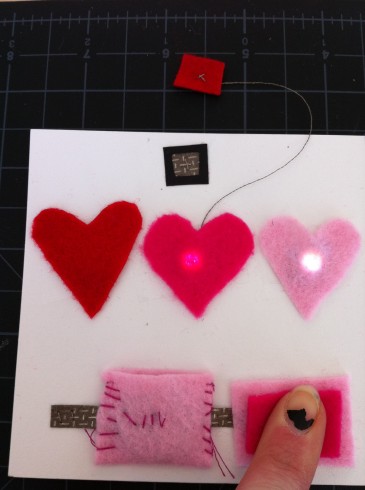
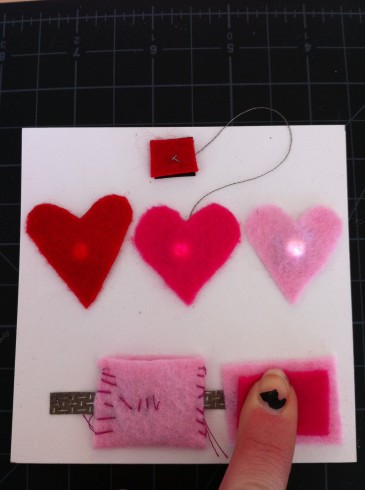
Materials:
felt
bristol paper
conductive thread
regular thread
conductive fabric
Velostat (resistive fabric)
5050 LED
tape
glue (Sobo Premium Craft and Fabric Glue)
scissors
needle
exacto
